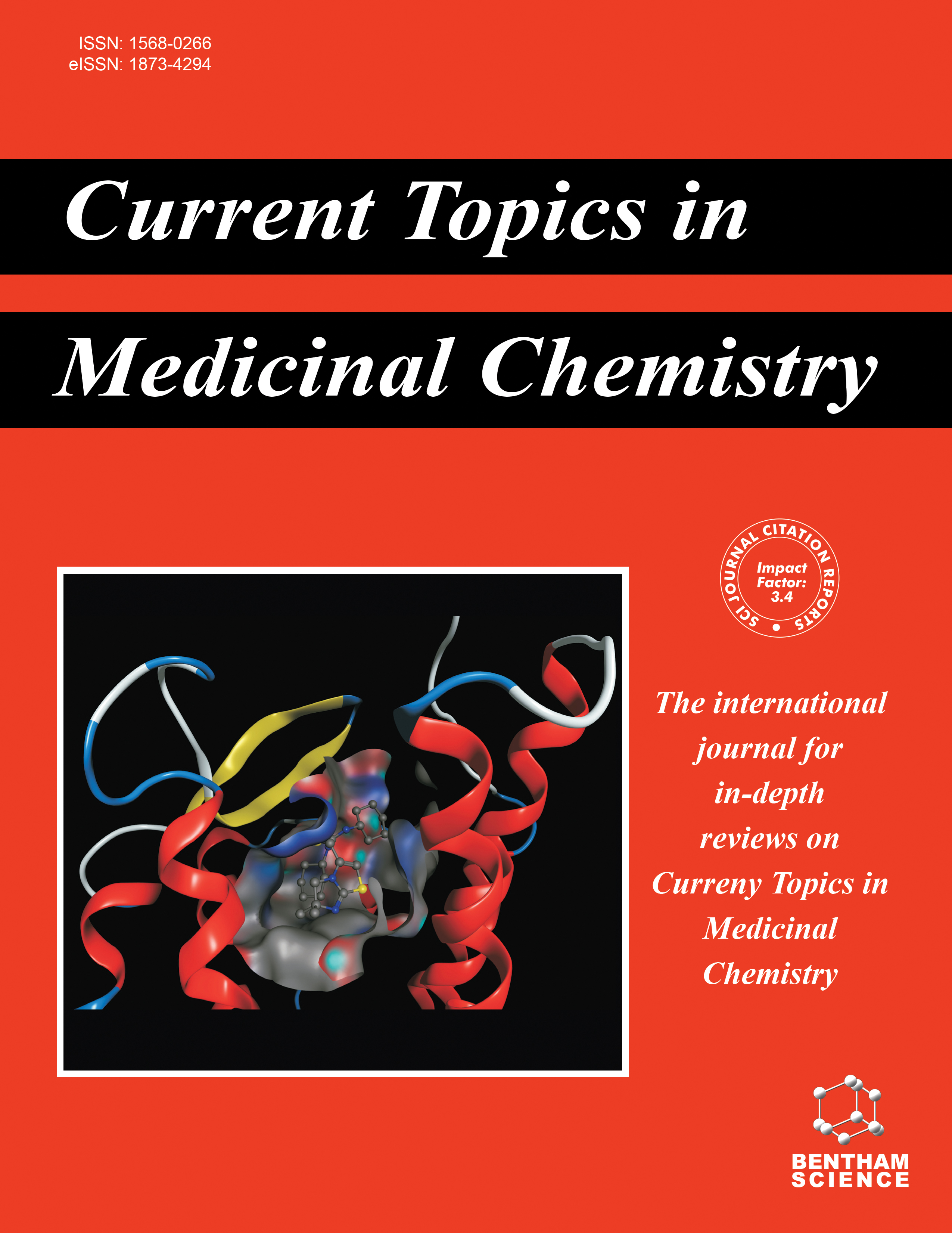
Full text loading...
We use cookies to track usage and preferences.I Understand
Neurological disorders, characterized by oxidative stress (OS) and inflammation, have become a major global health concern. Redox reactions play a vital role in regulating the balance of the neuronal microenvironment. Specifically, the imbalance leads to a significant weakening of the organism's natural defensive mechanisms. This, in turn, causes the development of harmful oxidative stress, which plays a crucial role in the onset and progression of neurodegenerative diseases. The quest for effective therapeutic agents has led to significant advancements in the synthesis of antioxidant derivatives. This review provides a comprehensive overview of the recent developments in the use of novel antioxidant compounds with potential pharmacological applications in the management of neurological disorders. The discussed compounds encompass a diverse range of chemical structures, including polyphenols, vitamins, flavonoids, and hybrid molecules, highlighting their varied mechanisms of action. This review also focuses on the mechanism of oxidative stress in developing neurodegenerative disease. The neuroprotective effects of these antioxidant derivatives are explored in the context of specific neurological disorders, including Alzheimer's disease, Parkinson's disease, and Huntington's disease. The ultimate goal is to provide effective treatments for these debilitating conditions and improve the quality of life for patients.

Article metrics loading...

Full text loading...
References


Data & Media loading...

